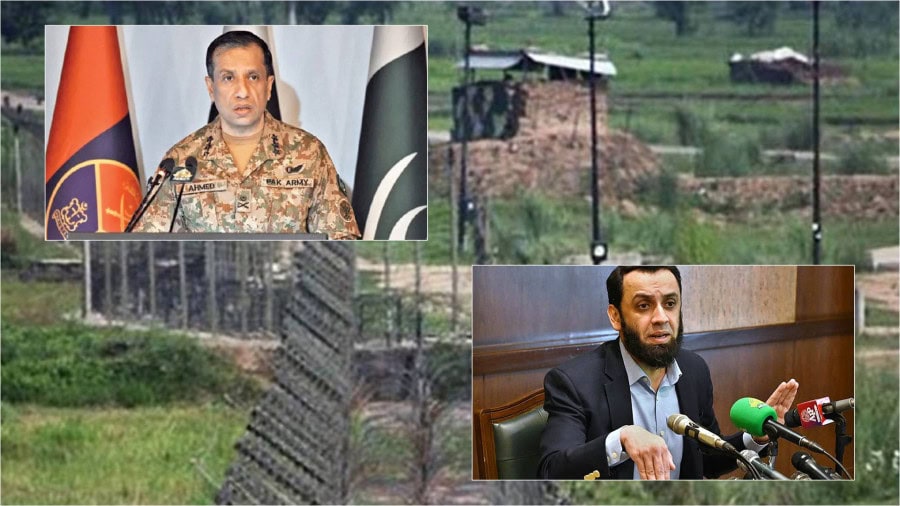
Online Desk: Undeniably, in the aftermath of the current Pakistan-India military standoff, there is a growing global recognition of the superiority of Pakistani military capabilities over India’s as evidenced by the events of May 7-10, 2025, where Pakistan gave a legitimate and befitting military response to India’s unprovoked attack on the Pakistani soil. Pakistan’s action was retaliation for what it termed as “Indian aggression” and sought to demonstrate its military power capabilities. The historical operation Bunyan Marsoos redefined the status of Pak military superiority in conventional warfare.
And the post ceasefire truth holds that to prevent a nuclear brink in South Asia, New Delhi must exorcise its myth of exercising unilateralism on Kashmir and the Indus water treaty (IWT). India must respect the writ of international law, the only way to restore durable peace in South Asia. By invoking UN’s Charter’s article 51 which provides a right to use of force in self-defence, Pakistan defence forces on May 10 while launching an historical operation Bunyan marsoos—spiritually symbloized with an ironclad wall made up of Pakistani nation’s unflinching faith in its unity against an enemy), in response to India’s illegal and unilateral operation Sindoor of May 7—debunked a disillusioned myth of Indian firepower.
A country, India, once claimed to have conventional weapons superiority over Pakistan and recently ranked 4th in global firepower index, clearly seemed to have lost its military power moorings. The Indian unilateral drone missile strikes on May 7-9 had blatantly violated Pakistan’s sovereignty and territorial integrity. In violation of its sovereignty and territorial integrity, on May 10, 2025, Pakistan launched “Operation Bunyan Marsoos”. The operation targeted 26 Indian military facilities, particularly destroying the Brahmos stockpile site has effectively countered the Modi government’s projected war paranoia.
Further, this epic operation Bunyan Marsoos inflicted immeasurable losses for the Indian military, causing significant damage to country’s military equipment and infrastructure including S-400 system.
On four fronts, Pakistan’s military demonstrated its par excellence capabilities: first, Pakistan air force displayed its unique and subtle professional capabilities over India, glaringly evidenced on May 7 where in an hour long dogfight with India, it downed 5 Indian fighter jets, including 3 French Rafale; second, Pakistan’s Fatah-II missile showcased its capabilities potentially targeting Indian military sites; third, Pakistan’s artillery deployed along the LoC destroyed India’s multiple posts, including a brigade headquarters and finally, Pakistan established its digital cyber warfare capabilities.
The Fatah-II is an indigenous guided artillery rocket system designed to target enemy air defence systems, command centres and other strategic assets, making it a potent tool for Pakistan military. These capabilities highlight the PAF’s perceived strength and strategic readiness in the context of potential air power competition with India.
Worthily, Alhamdulillah today, Pakistan has bridged the power gap through nuclear deterrence fostering full spectrum deterrence (FSD) to logically blunt India’s conventional military superiority. The swift delivery of Fatah missile and its target accuracy has not only stunned the Indians, but also the global strategic community. Needless to say, Pakistan’s missile capabilities have significantly countered the myth of India’s Cold Start doctrine.






